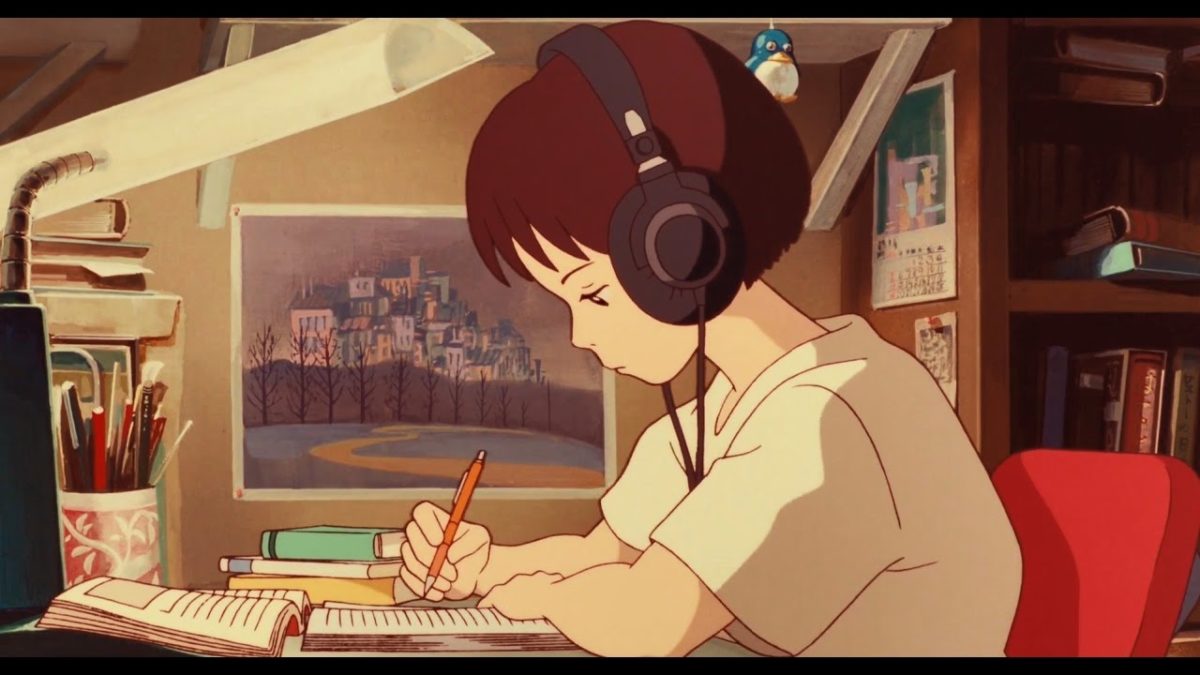The Maestro’s Corner: Chillest Beats
Lofi hip hop is on the rise, and it’s awesome
September 28, 2017
Anyone who listens to music online while relaxing or doing homework has probably encountered lofi hip hop at some point. On YouTube alone, there are usually at least two or three lofi radio livestreams going on at any given time, playing track after track, back-to-back, 24/7/365. (Want to find one? Try Chillhop Music (https://www.youtube.com/user/Chillhopdotcom) or 7clouds (https://www.youtube.com/channel/UCNqFDjYTexJDET3rPDrmJKg). The live chats on these livestreams are usually populated by chill-music lovers, aesthetes, and students studying or looking for help on homework. The overall vibe is one of serenity and complete relaxation, and you will rarely find better music for studying, or just hanging out.
But what exactly is lofi hip hop? Simply put, it’s a subgenre of hip-hop that focuses more on repetitive melodies and low-key, funky beats rather than on lyrics or dance. Its name comes from its unique low-fidelity sound quality. Many lofi tracks have a soothing background static noise, or other sound distortions (like cassette tape sounds and record scratching) that give them a pleasantly old-school, nostalgic quality. The lofi genre is a relatively recent emergence, and because it’s not really an official genre of hip-hop, it’s difficult to figure out where it began. According to /r/LofiHipHop, lofi found its roots in vaporwave, another hip-hop genre which in turn emerged in 2010 from funky, 90’s-inspired indie dance genres like chillwave (https://www.youtube.com/watch?v=mehLx_Fjv_c) and seapunk (https://www.youtube.com/watch?v=H2e7FgPPKFA). However, lofi also has taken heavy influence from the styles of music found in Japanese anime, or animated movies and shows. For this reason, many lofi tracks contain snatches of melodies or clips of dialogue from animes.
In terms of artists, there are many producers who have made lofi tracks. It seems to be generally agreed in the lofi community that the best lofi rappers are underground American artists, while the best producers are Japanese. If you’re looking for a great lofi artist to cut your teeth on, try Jinsang (https://jinsangbeats.bandcamp.com/). Tons of Jinsang’s tracks are on YouTube as well, and they also show up frequently in many lofi radio streams.
The main idea with lofi hip hop is that it’s not difficult to listen to – it doesn’t assert itself like metal or dubstep. Its aesthetic is a soundtrack to life. You can listen to it while sleeping, driving, studying, working or just hanging out at home: soothing background music with a chill, groovy vibe. Lofi’s relaxing sound and lack of lyrics makes it appealing to people with many different ages and general music preferences, so even if you don’t generally listen to hip hop, it’s definitely recommended.
Lofi may have had a blurry start, but its future is clear. As it gains recognition from the indie music community, more and more people have begun to show interest in supporting lofi artists and further exploring the genre. It’s still pretty new, but, thankfully for the all-nighter study squad, it looks like lofi is here to stay.



